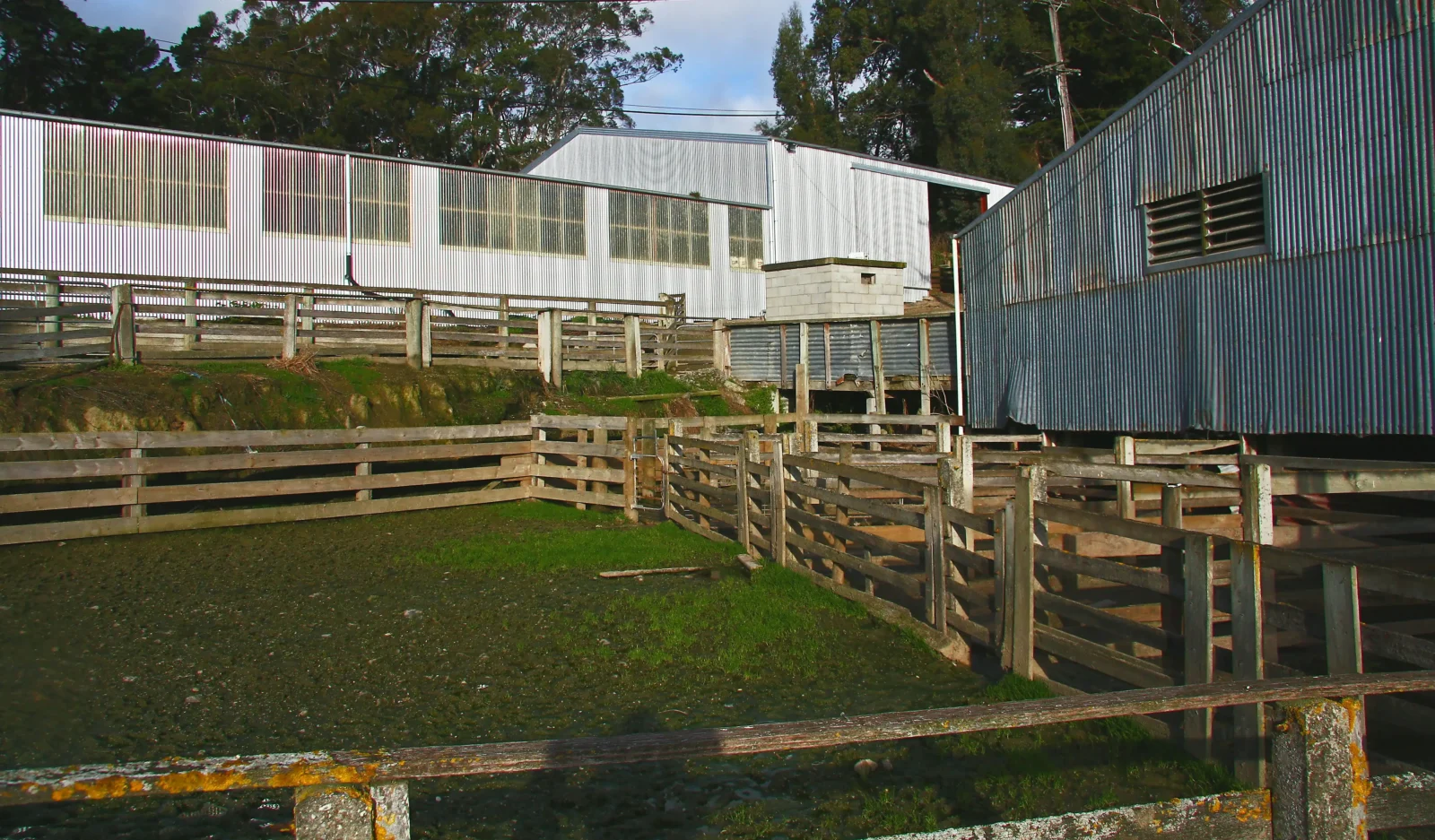- Home
- Articles
- Architectural Portfolio
- Architectral Presentation
- Inspirational Stories
- Architecture News
- Visualization
- BIM Industry
- Facade Design
- Parametric Design
- Career
- Landscape Architecture
- Construction
- Artificial Intelligence
- Sketching
- Design Softwares
- Diagrams
- Writing
- Architectural Tips
- Sustainability
- Courses
- Concept
- Technology
- History & Heritage
- Future of Architecture
- Guides & How-To
- Art & Culture
- Projects
- Interior Design
- Competitions
- Jobs
- Store
- Tools
- More
- Home
- Articles
- Architectural Portfolio
- Architectral Presentation
- Inspirational Stories
- Architecture News
- Visualization
- BIM Industry
- Facade Design
- Parametric Design
- Career
- Landscape Architecture
- Construction
- Artificial Intelligence
- Sketching
- Design Softwares
- Diagrams
- Writing
- Architectural Tips
- Sustainability
- Courses
- Concept
- Technology
- History & Heritage
- Future of Architecture
- Guides & How-To
- Art & Culture
- Projects
- Interior Design
- Competitions
- Jobs
- Store
- Tools
- More
How the New Wave of School Architecture Promotes Student Well-being and Learning

The design and layout of educational facilities significantly influence student experiences and their academic performance. Today, innovative school architecture is transforming educational spaces into vibrant hubs that facilitate learning and significantly enhance student well-being. These new-age designs blend aesthetics, functionality, and environmental awareness.
One key aspect of this architectural evolution is the focus on student health and psychological well-being. The layout, lighting, and even the materials used in construction are selected with an eye toward creating a positive learning environment. Even tech tools like essayrewriter.ai come into play, offering students a digital aid to refine their academic work. As we delve deeper into contemporary school architecture, we’ll explore specific design elements and strategies that make a real difference in students’ lives.

- Biophilic Design: Integrating Nature Into Learning Spaces
Biophilic design in schools isn’t just about adding a few potted plants. It involves a fundamental integration of natural elements into the architecture itself. Take, for example, the Waldorf School in Silicon Valley, where the classrooms open directly onto natural landscapes, allowing students to study surrounded by greenery. This connection improves concentration and mood.
Moreover, many schools now incorporate features like living walls and indoor gardens. These elements do more than beautify; they improve air quality and provide students with a tangible connection to the ecosystem. Schools like the Green School in Bali have taken this to the extreme, with entire structures built from sustainable materials and surrounded by lush vegetation.
- Flexible Spaces for Dynamic Learning
Modern school architecture embraces flexibility, allowing spaces to adapt to different teaching styles and learning needs.
- Modular Furniture: Lightweight, movable furniture that can be easily reconfigured.
- Convertible Spaces: Rooms that can transform from lecture halls to workshop spaces.
- Collaboration Areas: Designated zones for group work and peer-to-peer interaction.
- Technology Integration: Smartboards, WiFi, and charging stations for seamless tech use.
- Outdoor Classrooms: Spaces that facilitate learning in an outdoor setting.
- Acoustic Design: Soundproofing elements to create quieter, more focused areas.
- Natural Lighting: Large windows and skylights that bring in ample sunlight.
- Multipurpose Halls: Areas that can serve for assemblies, performances, or sports.
- Student Art Displays: Changing exhibitions of student work to inspire creativity.
- Sensory Rooms: Spaces designed for students with special sensory needs.
- Sustainability at the Forefront
Sustainability in school architecture isn’t just a trend; it’s a necessity. Schools like the Odyssey Middle School in Florida are leading the way, built with energy-efficient materials and systems that significantly reduce their carbon footprint. These schools often include solar panels, rainwater harvesting systems, and geothermal heating.
This push for sustainability extends beyond energy use. Materials like recycled steel, bamboo flooring, and non-toxic paints are becoming standard. By teaching students about sustainability through the very buildings they learn in, schools are instilling a lifelong respect for the environment.

- Color Psychology in Classroom Design
The use of color in school environments is far from arbitrary. Specific colors can improve learning and mood. For instance, blue is often used to create a calm and focused environment, ideal for study areas and libraries. Meanwhile, vibrant colors like orange and yellow can be stimulating and are commonly used in creative spaces and classrooms.
Take the Copenhagen International School, where the façade is made up of solar-powered colored panels. This contributes to the building’s energy efficiency and produces an inviting and energized atmosphere.
- Technology-Integrated Learning Environments
Integrating technology into school architecture is key. Here are some ways schools are doing this:
- Smartboards and Interactive Displays: Enhancing interactive learning.
- High-Speed Internet: Ensuring seamless connectivity throughout the campus.
- Virtual Reality Labs: Providing immersive learning experiences.
- Makerspaces: Equipped with 3D printers and robotics kits for hands-on learning.
- Audio-Visual Equipment: For multimedia presentations and lectures.
- Tech-Friendly Furniture: Desks and seating with built-in charging ports.
- Online Learning Platforms: Facilitating blended learning models.
- Sensory Technology: Tools for students with special educational needs.
- Eco-Monitoring Systems: Teaching students about energy conservation.
Schools like the STEAM Academy in Lexington, Kentucky, are great examples, offering state-of-the-art technology labs and resources that prepare students for a technology-driven future.
Conclusion
The new wave of school architecture, with its emphasis on biophilic design, flexible spaces, sustainability, color psychology, and technology integration, is a testament to how far we’ve come in understanding and catering to the diverse needs of students. The integration of tools like the best AI essay writer complements these architectural innovations, offering students a seamless blend of physical and digital learning environments. They do more than just educate; they inspire, nurture, and prepare young minds for the challenges and opportunities of the future.
illustrarch is your daily dose of architecture. Leading community designed for all lovers of illustration and #drawing.
Submit your architectural projects
Follow these steps for submission your project. Submission FormLatest Posts
Architecture Mapping & GIS Tools and Resources in 2025
A comprehensive guide to the best architecture mapping tools and GIS platforms...
The Growing Demand for Accessible Home Features
Home should be the easiest place to move, cook, rest, and connect....
6 Ways Technology Is Transforming Animal Control Practices Today
Animal control is changing fast. New tools help teams prevent conflicts, protect...
Why Timely Intervention Is Critical In Controlling Household Pest Problems
Pests move fast, so your response has to move faster. The sooner...












Leave a comment